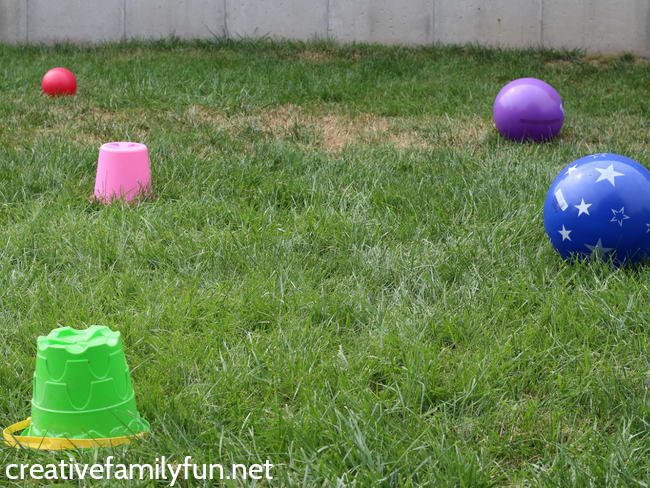

Research is measured in years, game development in months.Īccording to Scanlon, “The one key thing that has really helped to resolve a lot of those challenges is that everyone has the same mission at the end of the day. One other challenge that this interesting melting pot of expertise raises is how engineers, designers, artists and researchers can work side by side to create effective products and services, despite different mindsets, goals and timelines. This partnership allows qualified research professionals to make use of the tools and tasks available through Lumosity in order to assist them in conducting studies. Therefore, Lumos Labs is involved in the Human Cognition Project which has partnerships with more than 100 different collaborators at University level. The team see links with academia as vital for the long-term future, not least because they are still seeking strong independent research that their games do actually deliver improvements. launched in 2007 and since then has grown rapidly. Just like the original Flanker Task, Lost in Migration challenges you to respond to the central target - in this case, a bird - and ignore distracting information from the surrounding flankers. Lost in Migration is based on the 1974 Flanker Task, which challenges selective attention: your ability to ignore distracting details and focus only on the target. It challenges your response inhibition: the ability to quash inappropriate responses that get in the way of your goal. Color Match tests should, over time, improve your ability to suppress your response to what the word says and focus on how the word looks.

It measures your ability to focus on the difference between naming a color used in the letterforms of a word, even if the text of the word conveys a different color. Lumosity’s Color Match is inspired by the Stroop Test, a classic task first published in 1935. Their classic games have clear links back to well-known scientific tests. In 2005, Sarkar quit his job, Scanlon took a leave of absence from Stanford, and they teamed up with Dave Drescher, a technology expert with the aim of creating a palette of online games said to help sharpen memory, attention, and other brain functions. Their idea was simple – could scientists and game designers work together to turn common cognitive and neuropsychological research tasks into exciting games which hopefully would improving the user’s brain’s ability in a way that felt like fun, not hard work? These were most often used during in-person studies in a lab using pen and paper. Scanlon recognized that for years researchers has created tasks to measure cognitive abilities. They wondered if they could take brain training to the next level. The basis of the idea was what we now know as ‘gamification’, a concept that was already being applied in other marketing sectors. The friends got together often and talked about the possibility to take advantage of the brain’s plasticity to improve cognitive abilities. He had moved to California after college to further study neuroscience at Stanford and while there he got in touch with Kunal Sarkar an old college friend who was living in San Francisco and working at a private-equity firm. Both his grandmothers suffered from Alzheimer’s disease. It’s an interest which he recognizes was in part motivated by his family history. Mike Scanlon is, by training, a neuroscientist- a specialist in brain plasticity the brain’s ability to modify its own structure and function following changes within the body or in the external environment. The brand is Lumosity and its parent company is Lumos Labs. The brand employs everyone from neuroscientists to visual artists.


 0 kommentar(er)
0 kommentar(er)
